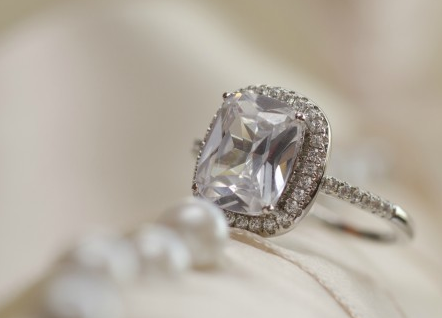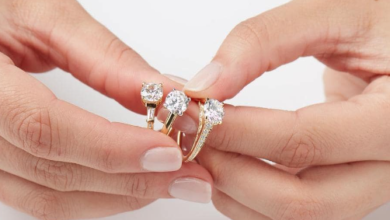Moissanite Downsides: What You Need to Know Before Buying

Introduction
Moissanite has become increasingly popular in recent years as a more affordable alternative to diamonds. However, like any gemstone, moissanite has its downsides. In this article, we’ll explore some of the downsides of moissanite and what you need to know before making a purchase.
What is Moissanite?
Before diving into the downsides of moissanite, it’s important to understand what it is. Moissanite is a lab-created gemstone that has similar properties to diamonds. It was first discovered in a meteorite in 1893, and since then, scientists have been able to recreate it in a lab.
Moissanite Downsides
1. Lower Resale Value
One of the biggest downsides of moissanite is that it has a lower resale value compared to diamonds. While diamonds can hold their value and even appreciate over time, moissanite doesn’t have the same reputation. This means that if you decide to sell your moissanite jewelry in the future, you likely won’t get as much money for it.
2. Less Durable
Moissanite is also less durable than diamonds. While it is a relatively hard stone, it is still more prone to scratching and chipping compared to diamonds. This means that over time, your moissanite jewelry may start to look dull and worn.
3. Lack of Rarity
Diamonds are considered rare and valuable because of their limited supply. Moissanite, on the other hand, is a lab-created gemstone that can be produced in large quantities. This means that it doesn’t have the same sense of exclusivity and luxury that diamonds have.
4. Different Look
While moissanite has similar properties to diamonds, it doesn’t have the same look. Some people prefer the fire and brilliance of moissanite, while others prefer the more classic and understated look of diamonds. It’s important to consider which look you prefer before making a purchase.
5. Ethical Concerns
Finally, there are some ethical concerns surrounding moissanite. While it is a lab-created gemstone, the process of creating it still requires energy and resources. Additionally, some manufacturers may not have ethical practices when it comes to sourcing their materials or treating their workers.
Conclusion
While moissanite can be a great alternative to diamonds for some people, it’s important to consider the downsides before making a purchase. From lower resale value to ethical concerns, there are a number of factors to keep in mind. Ultimately, it comes down to personal preference and what you value most in a gemstone.
FAQs
- Can moissanite be used in engagement rings?
- Yes, moissanite can be used in engagement rings as a more affordable alternative to diamonds.
- How do I care for my moissanite jewelry?
- Moissanite jewelry should be cleaned regularly with mild soap and water. Avoid harsh chemicals and abrasive materials.
- Is moissanite as hard as a diamond?
- Moissanite is a relatively hard stone, but it is still more prone to scratching and chipping compared to diamonds.
- Is moissanite eco-friendly?
- While moissanite is a lab-created gemstone, the process of creating it still requires energy and resources. Additionally, some manufacturers may not have ethical practices when it comes to sourcing their materials or treating their workers.
- Why is moissanite less expensive than diamonds?
- Moissanite is less expensive than diamonds because it is more readily available and doesn’t have the same sense of rarity and exclusivity.




